Why Students Should Co-author Learning
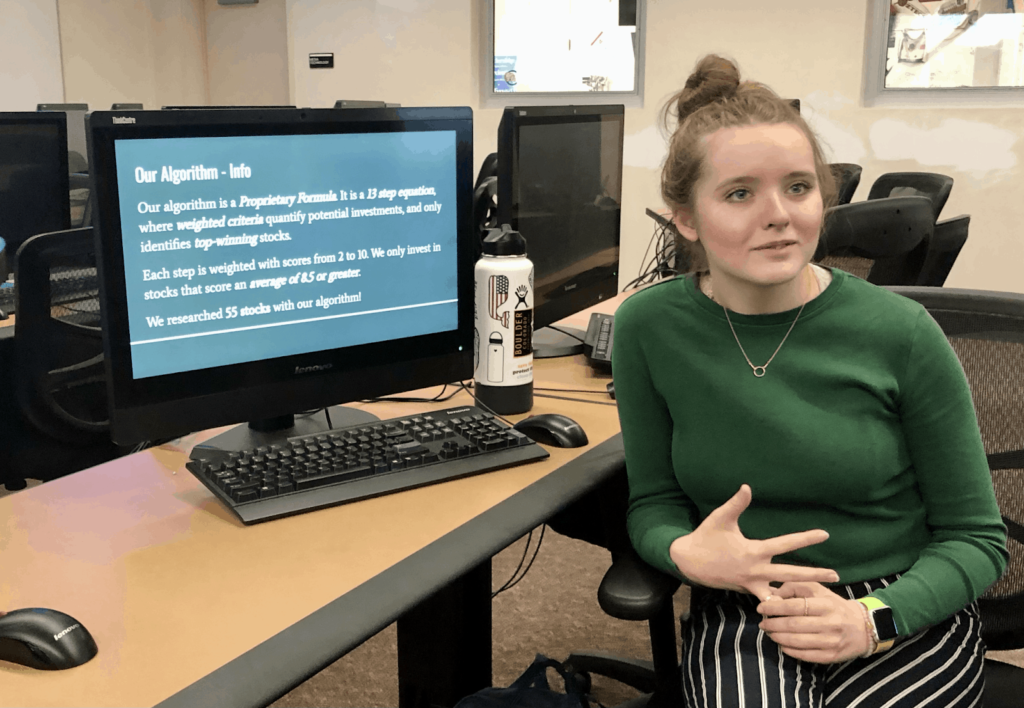
Building a stock-picking algorithm, taking on client projects, selecting internships–students in the business academy at Clairemont High School in north San Diego have opportunities to co-design learning experiences and coauthor their education journey.
With help from ConnectEd in 2015, the Clairemont staff implemented career pathways that gave learners the choice of four academies–business, engineering, health, and IT. With the help of industry partners, teachers help learners build and manage projects across the curriculum.
The short and long-term co-authoring opportunities at Clairemont aren’t universal. In fact, the tech-enabled blended learning (often referred to as personalized learning) on the rise over the last two decades and accelerated by the pandemic actually reduced co-design opportunities for many learners. Digital curriculum, adaptive algorithms, and teacher-assigned tasks on learning platforms became the mainstay for most. They added efficiency but reduced agency. They added strings of short tasks with the right answers when learners needed more leadership and problem finding and problem-solving.
“In our vision, learners are co-authors of their learning journey; they are empowered agents, continually invited and habituated to voice their Whole Learner needs and preferences and their interests and passions so that educators can adapt instruction to them.”
This progressive image of students co-designing their education as outlined in An American Imperative: A New Vision of Public Schools, a new report from AASA, The School Superintendents Association. Early this year, AASA convened Learning 2025, a national commission of school system leaders and learning experts to chart the path forward out of crisis education and into powerful and equitable learning.
Why Coauthoring Matters
“In our ever-changing and unpredictable world, learners need to master the skill of knowing what to do when they do not immediately know what to do. Doing this effectively involves the development of agency and executive function skills, which is made possible through the learner’s active engagement in experiences they typically do not encounter in today’s schools,” explains the Learning 2025 report. “In order for learners to develop these skills, they must be empowered, proactive agents—or co-authors—of their learning journey.”
In an unpredictable world of accelerating change, leadership and problem solving are the most valuable skills we can help young people develop. That requires more time spotting problems worth solving and less time spent on simple problems with the right answers. It requires more voice and choice in creating learning tasks–agency and initiative are developed through opportunities to choose. Learners should be invited to coauthor goals, learning experiences, and leadership experiences.
Coauthored Goals
Co-authoring starts with students owning learning targets. Lindsay USD “Learners work toward meaningful short- and long-term goals and can articulate why they are prioritizing these goals, how short-term goals (e.g., success on daily work) build toward long-term goals, and what success looks like at each stage.”
Lindsay learners develop a Personalized Learning Plan (PLP) that includes goals and sets for accomplishing those goals. The plan helps them articulate what they are working on, why, and how it relates to their goals.
In high school, a personalized learning plan can include short-term goals as well as career objectives. Washington State requires every learner to have a high school and beyond plan that guides course selection, work-based learning, and post-secondary preparation.
Coauthored Learning Experiences
Learners should have at least periodic opportunities to co-author learning experiences including voice and choice in topic, learning targets, and how they demonstrate learning.
Schools in the XQ network including Crosstown High, Purdue Polytechnic, Latitude High, and Grand Rapids Public Museum School engage learners in developing community-connected projects. Learners across the New Tech Network and High Tech High network often have opportunities to co-design projects.
Students should have at least periodic opportunities for interest-based deep dives including science fairs, capstone projects, and artistic expression where the learner is the primary designer of the learning experience.
Work-based learning is another opportunity for students to make significant choices in their learning journey. Students in Big Picture high schools “intern—often twice a week for an entire school day—with experts in their field of interest, completing authentic projects and gaining experience and exposure to how their interests intersect with the real world.”
Coauthored Leadership
Students should have school and community leadership opportunities that give them a chance to coauthor the future.
Boise nonprofit One Stone is a student-led organization–teens make up the majority of the board. When they launched a high school, Lab51, learners were involved in the design and articulation of shared values (below)
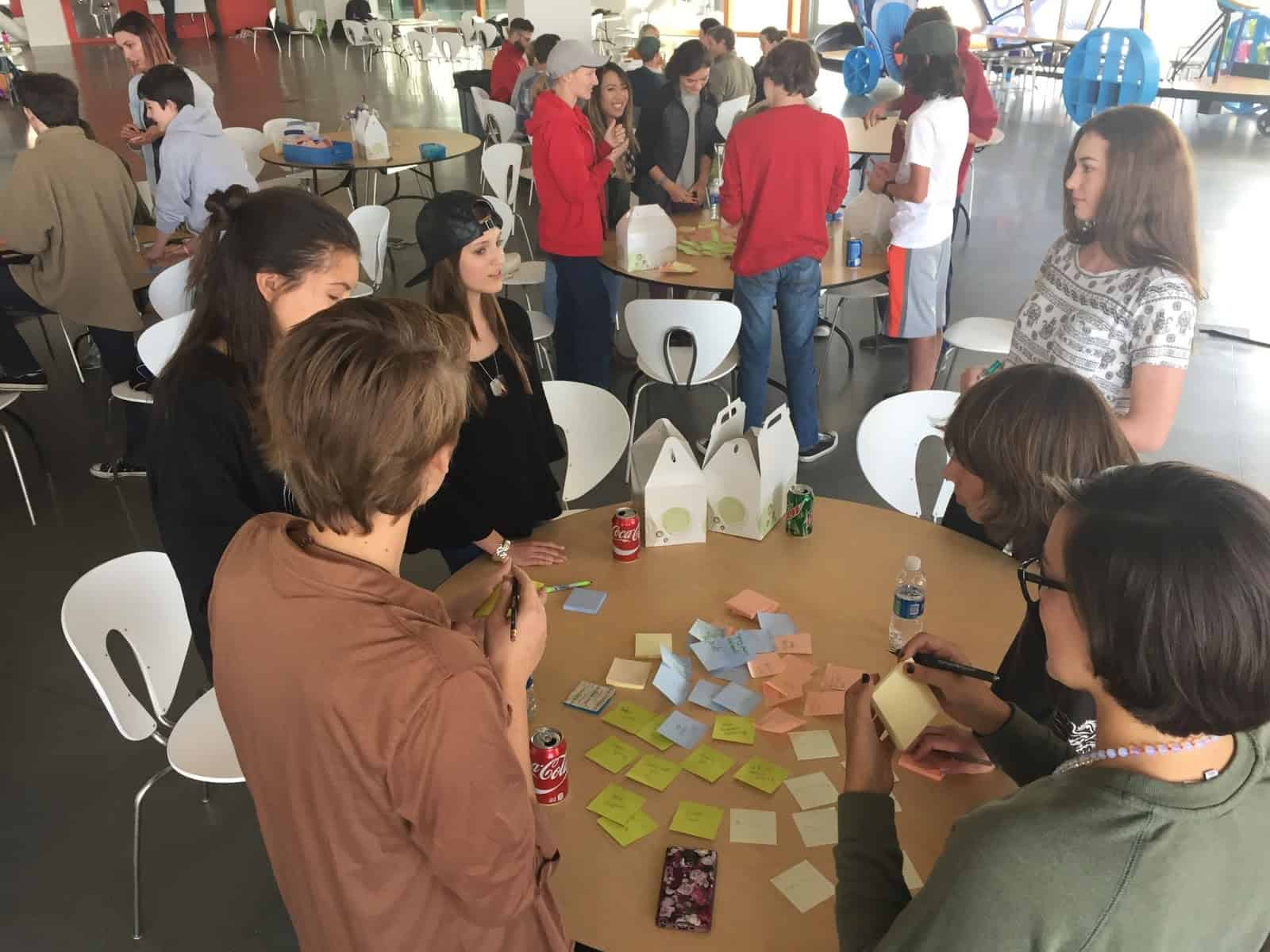
Students at Quest Early College High School in Humble, Texas can earn an Associate’s degree in high school and participate in rich service-learning experiences every week–and seniors help lead the program.
Advocacy Projects at Cesar Chavez Public Charter Schools for Public Policy in D.C. take place at every grade level and apply classroom knowledge to the real world. Sixth graders have testified at the city council. Seventh graders have taken issues of interest to Capital Hill. At the end of 9th and 10th grade, scholars analyze a local or international public problem, propose a solution and advocate for change.
By inviting learners to coauthor experiences we help them build the most important skills and dispositions they’ll need to succeed in a changing world.
For more, see:
This post was originally published on Forbes.
Stay in-the-know with innovations in learning by signing up for the weekly Smart Update.




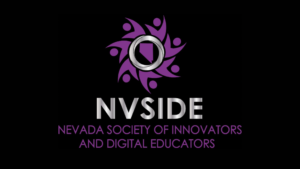
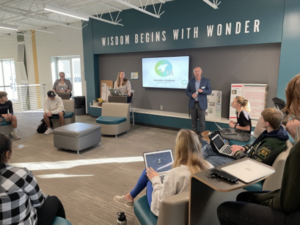
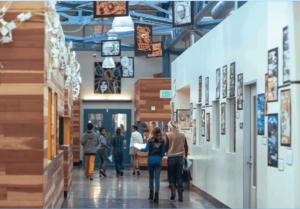

Howard Horvath
Dr. Stephen Covey wisely pointed out in his best-selling book, The 7 Habits of Highly Effective People, "If the ladder is not leaning against the right wall, every step we take just gets us to the wrong place faster." To likewise point out, "In an unpredictable world of accelerating change, leadership and problem solving are the most valuable skills we can help young people develop. That requires more time spotting problems worth solving and less time spent on simple problems with the right answers" which may give pause to those who care about effectively preparing students for their future and is a necessary first step, it, in and of itself is insufficient. I humbly suggest the problem that needs solving is two-fold 1. what do students really need to reach their potential i.e. is the proverbial "ladder" leaning against the right wall, so to speak (and I think your article suggests, and I agree, it is not) and 2. how do you effectively change an adult-designed (K12 & HIED) system that has been operating as it currently exists (in the majority of instances) for about 200 years. How do we move the ladder to a different wall and ensure our students can climb it successfully. Adults in the system and the community need to be presented with, and experience, a different "value proposition" informed by our student's needs, and voices. I think the only chance this will happen anytime soon is if students and the voters of their community ally against those who remain satisfied and rewarded for maintaining the status quo. This, I believe, is the essential problem that needs solving if we hope for the kind of important changes alluded to in this article.
Howard Horvath
A quick corollary from Upton Sinclair, "It’s difficult to get people to understand something when their salaries depend on their not understanding it."